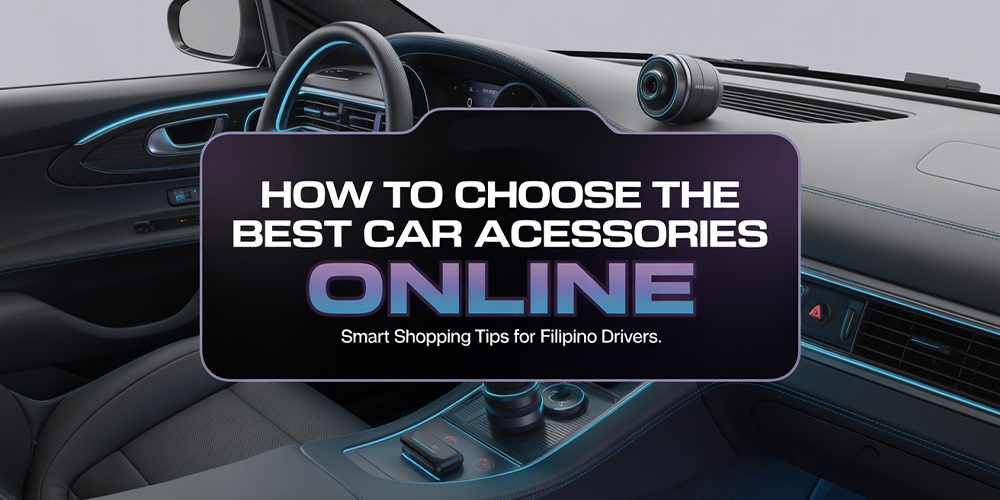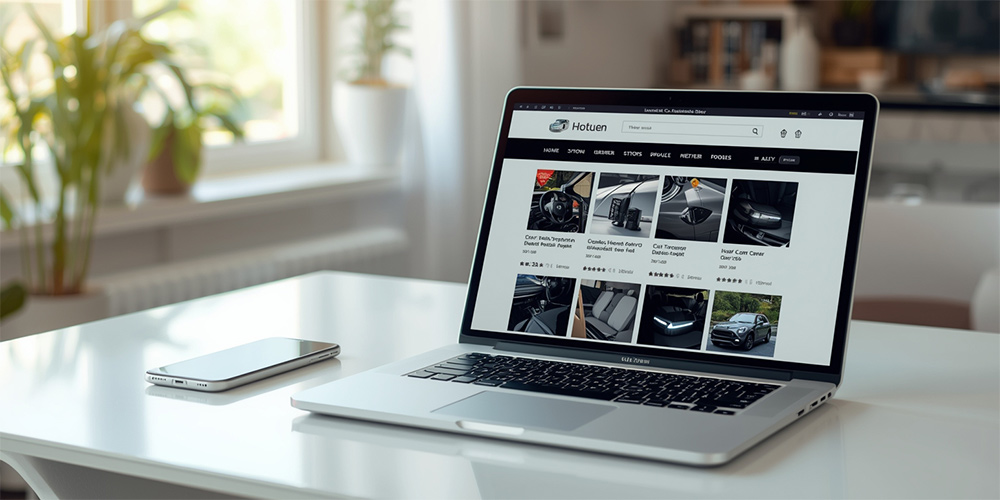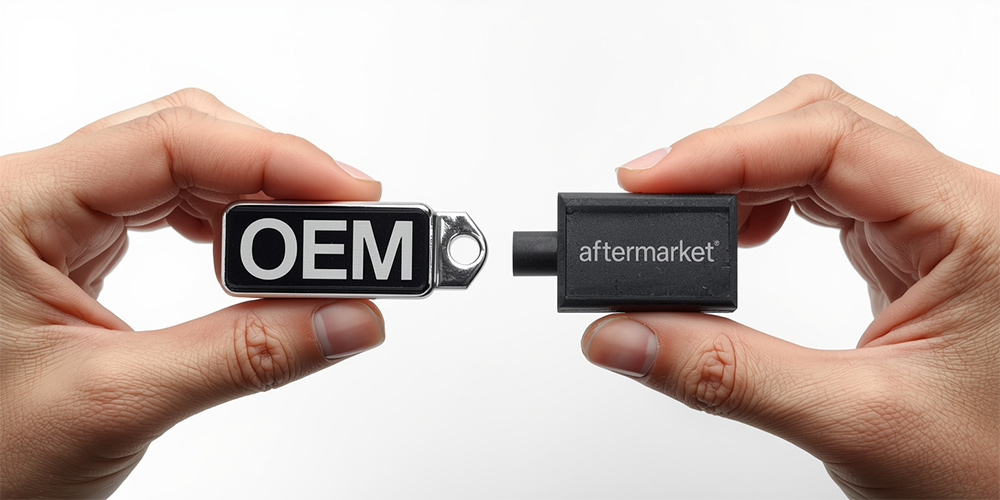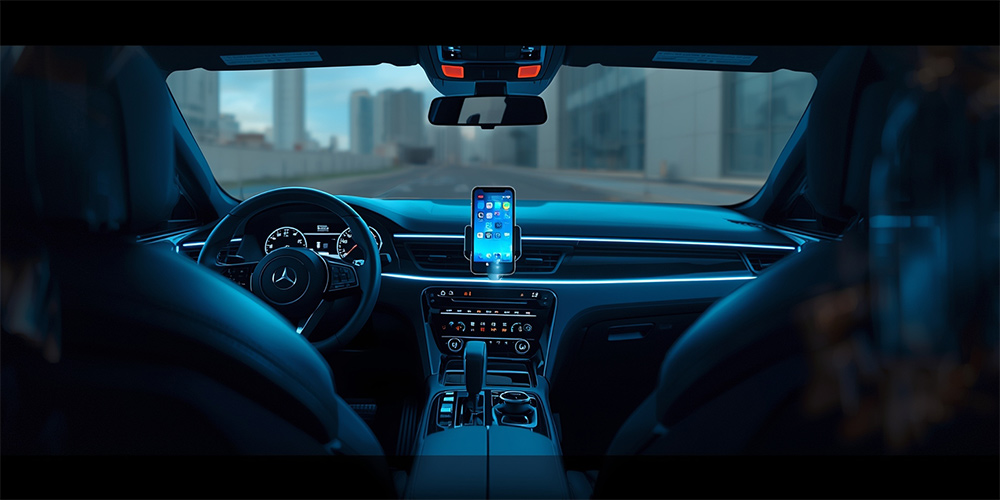
Shopping for car accessories online has become a favorite pastime for many Filipino car owners. With platforms like Shopee, Lazada, and even TikTok Shop offering thousands of options — from dashcams and seat covers to smart chargers and organizers — buying accessories has never been easier. However, convenience also brings challenges. Many drivers end up with counterfeit items, poorly fitting parts, or products that fail within weeks. The key to avoiding these mistakes is learning how to buy smartly and safely. This comprehensive guide will walk you through how to choose the best car accessories online, tailored for the Philippine market. You’ll learn how to assess your needs, check compatibility, evaluate sellers, and verify authenticity — so every peso you spend delivers real value.
The Philippines’ automotive e-commerce sector continues to grow rapidly. According to a 2024 report from the Auto Industry Association of the Philippines, online sales of car accessories increased by more than 25% year-on-year. The most popular items include dashcams, floor mats, seat covers, air purifiers, phone holders, and LED lighting kits. Yet, with this growth also comes risk — especially counterfeit and low-quality products sold by unverified sellers. A 2023 Department of Trade and Industry (DTI) consumer alert noted that nearly 3 in 10 online car accessory listings may include unauthorized or fake items. Many lack safety certification, leading to compatibility problems and warranty voids. Understanding the marketplace — and how to navigate it — is your first line of defense as a buyer.

Before browsing deals, define your purpose. Are you looking to improve safety, comfort, or style? Essential accessories include items like dashcams, blind spot mirrors, or tire pressure monitors. Comfort accessories might be seat cushions or organizers. Aesthetic accessories include chrome trims and LED lighting.
Planning to gear up for long drives or out-of-town adventures? Don’t miss our guide on Road Trip Essentials: Gear and Parts You Need to make sure you’re fully prepared for any journey.
Key Tip: List your top three needs before buying. It prevents impulse purchases and helps prioritize value over looks.
Always confirm if the accessory fits your specific car make, model, and year. A mat for a 2019 Toyota Vios might not fit a 2024 version. Use your vehicle identification number (VIN) or refer to your car’s manual. For electrical accessories, check voltage and socket types. Tip Box: Measure twice, buy once. Universal accessories aren’t always truly universal.

OEM (Original Equipment Manufacturer) parts are made by or for your car’s brand. They guarantee quality and compatibility but are pricier. Aftermarket accessories are made by third-party companies — cheaper, with more design options, but quality varies.
When to pick OEM: Safety-critical parts like sensors, wipers, or brake lights.
When aftermarket works: Interior, aesthetic, or convenience items.
Key Takeaway: OEM ensures reliability; aftermarket offers flexibility.
Your seller’s credibility matters as much as the product itself. Choose verified stores on Shopee or Lazada — look for badges like Mall Seller or Preferred+. Read the seller’s rating (aim for 4.8⭐ or higher) and check their response rate. The DTI’s 2024 e-commerce guidelines remind buyers to only transact with sellers who display valid business registration and return policies.
Warning Box: Be cautious of listings with extreme discounts, vague descriptions, or no reviews — these are classic red flags.
Avoid impulse purchases. Study each listing: dimensions and fitment (size, model, color), material quality (rubber, metal, leather, ABS plastic), power compatibility for electronics (12V or 24V), and installation requirements (DIY or professional). If details are unclear, message the seller for specifications or photos of actual packaging.
Reviews reveal truths sellers won’t. Prioritize listings with photos from verified buyers. Look for repeated complaints about fit, function, or durability. For peace of mind, always check the return and refund policy. In the Philippines, a 7–15 day return window is typical for defective or incorrect items.
A 2024 DTI advisory reminds consumers that even online purchases are covered by warranty laws. Choose accessories with at least a 6-month warranty. Check for authenticity markers: serial numbers, hologram stickers, and branded packaging. For expensive items like dashcams or diagnostic scanners, verify product codes directly on the manufacturer’s website.
Imported accessories may take longer to arrive and sometimes incur customs duties. Local sellers often provide faster delivery and easier returns. Avoid installing electronic accessories yourself unless you’re experienced. Faulty installation can void warranties or cause short circuits. For complex parts, go to a trusted car shop.
For those who prefer DIY installations or maintenance, check out The Ultimate Car Tool Kit: What to Include — it covers every essential tool Filipino car owners should have on hand.

| Type | Example | Benefit | PH Price Range (₱) |
| Safety | Dashcam, blind spot mirror | Evidence & visibility | 1,500–5,000 |
| Comfort | Memory foam seat cushion | Long drives comfort | 700–1,500 |
| Convenience | Magnetic phone holder | Hands-free navigation | 300–700 |
| Eco-friendly | Solar tire inflator, biodegradable mats | Energy saving | 1,000–3,000 |
| Smart Tech | AI dashcam, OBD2 scanner | Car diagnostics | 2,500–6,000 |
If you’re looking for inspiration before buying, check out Top 10 Must-Have Car Accessories for Filipino Drivers in 2025 for a curated list of essential upgrades that balance practicality, comfort, and tech innovation.
Insight: According to a 2024 study by researchers at the University of the Philippines, drivers who invest in safety tech accessories experience 30% fewer on-road disputes and insurance claims.
Not all accessories are street-legal. The Land Transportation Office (LTO) warns that excessive tint, high-intensity headlights, or colored underglow lights can lead to penalties. Avoid modifications that obstruct license plates or distract other drivers. If unsure, check the 2024 LTO Memorandum on Vehicle Modifications before installation.
| Category | What to Check | Why It Matters |
| Compatibility | Car model/year | Prevents fitment issues |
| Seller Credibility | Verified store, 4.8⭐+ rating | Ensures authenticity |
| Warranty | 6–12 months | Protects from defects |
| Return Policy | 7–15 days | Buyer protection |
| Safety Certification | DTI, ISO, or CE marks | Avoids fake items |
Buying car accessories online doesn’t have to be risky. By following the 8-step process — identifying needs, checking compatibility, verifying sellers, and confirming authenticity — Filipino drivers can enjoy safe, convenient, and budget-friendly upgrades. In a world full of discounts and flash sales, the smartest drivers aren’t those who buy fast — they’re the ones who buy wisely.
1. How do I know if a car accessory is original?
Check serial numbers, hologram seals, and seller verification badges.
2. What’s the difference between OEM and aftermarket?
OEM is brand-certified; aftermarket is third-party but often cheaper.
3. Are cheap accessories from China safe?
Only if they pass safety and compatibility checks. Avoid unverified sellers.
Since 2012, KG Car PH has been the go-to for affordable car parts in the Philippines. We make it easy to find the right fit and offer same-day delivery nationwide—so you get quality parts fast, without spending more.
SOCIAL MEDIA
TOP CATEGORIES
QUICK LINKS
© 2025 KGCAR.PH